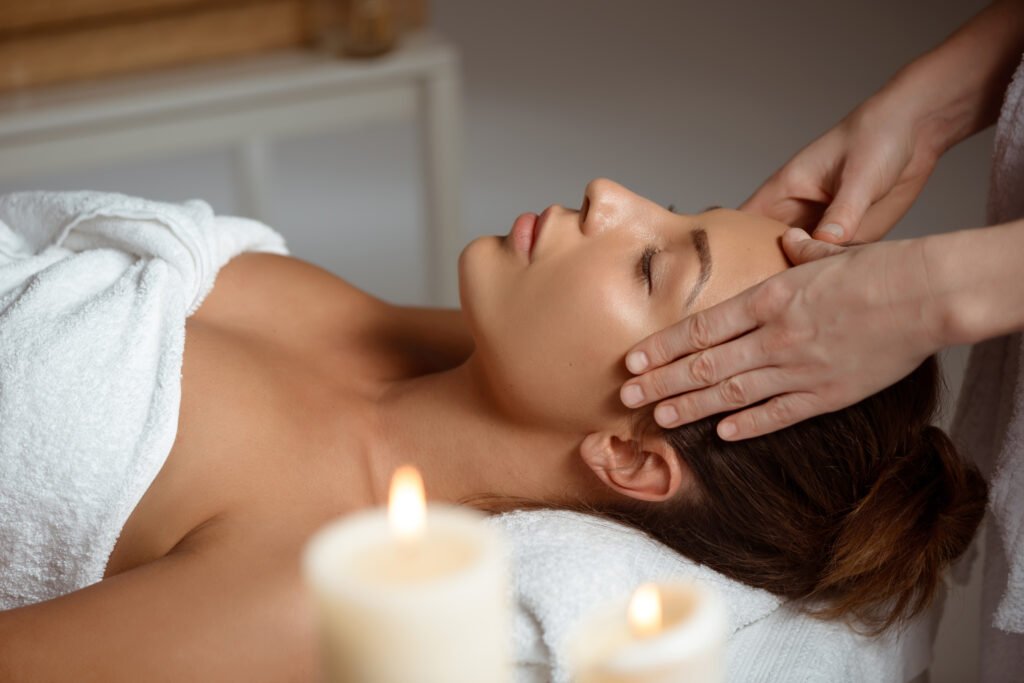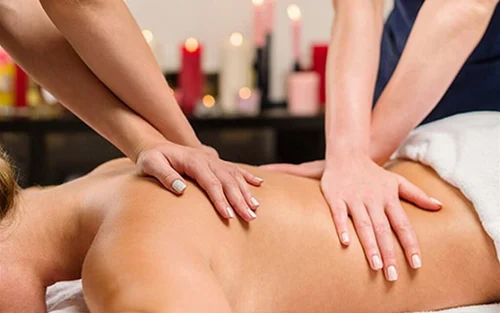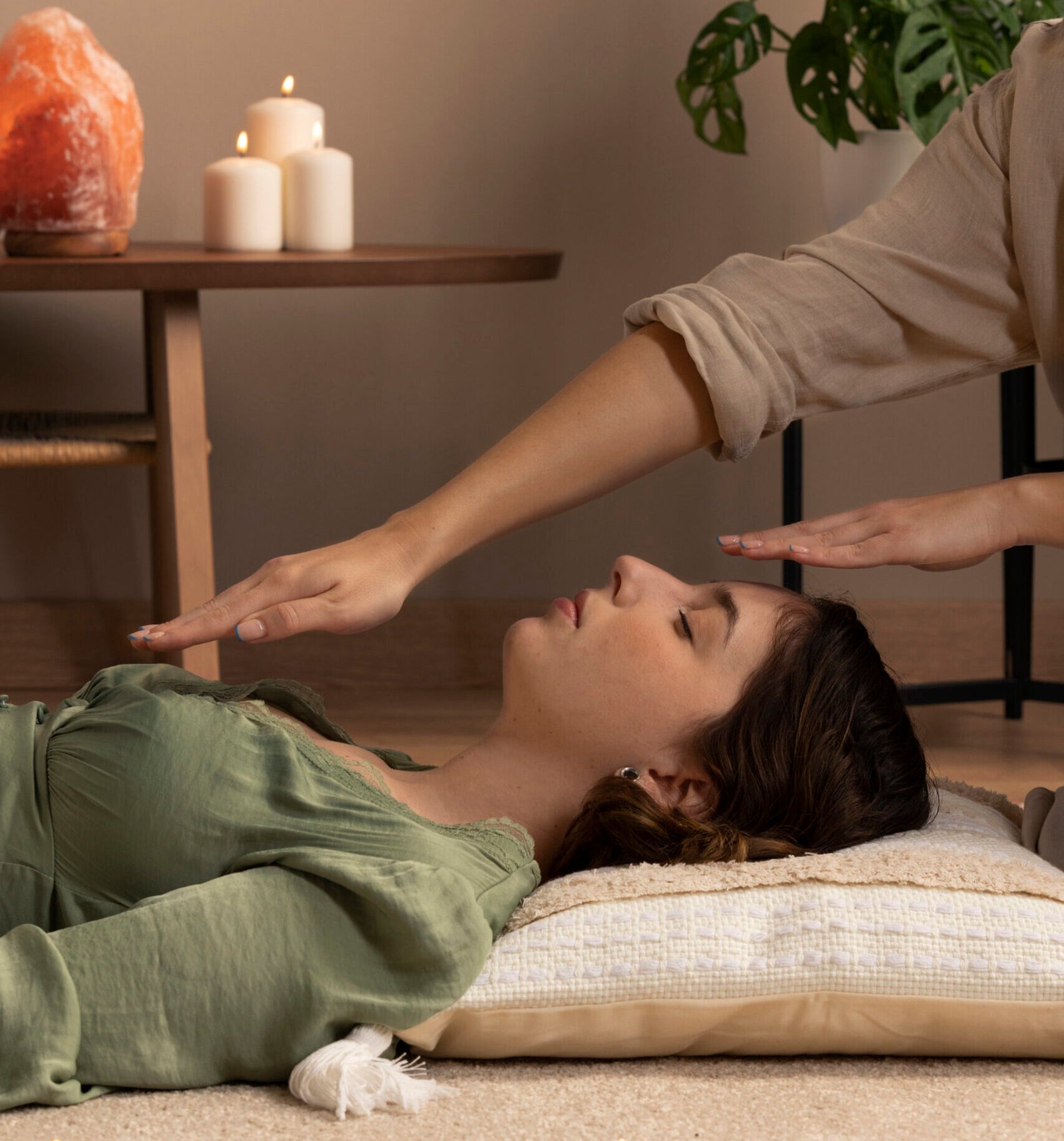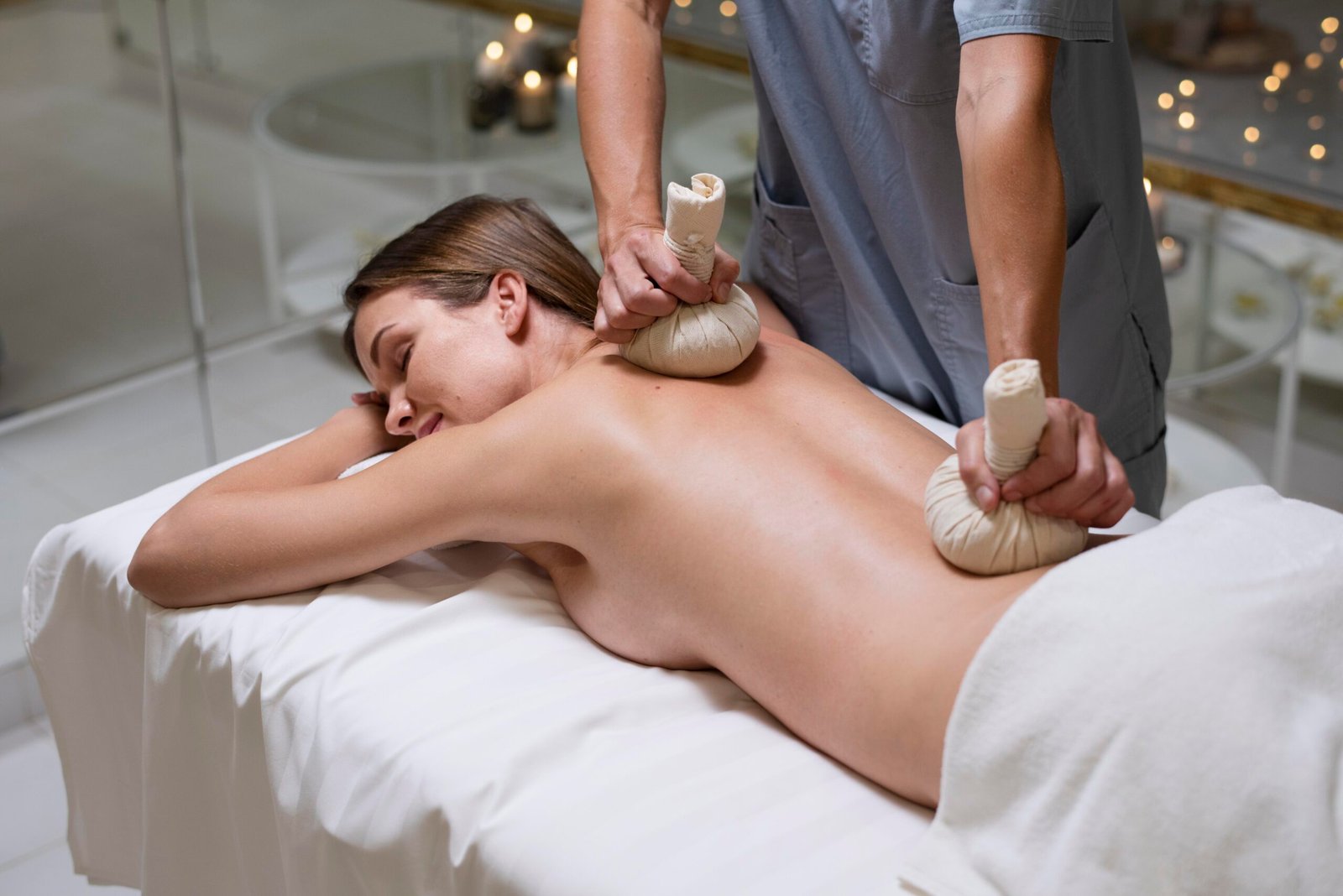
Prioritizing relaxation is essential for maintaining overall well-being. When life feels overwhelming or stress becomes chronic, spa treatments offer a deeply restorative escape. But spa therapy isn’t just about pampering—it’s a holistic approach to nurturing body and mind. The right spa treatments can help relieve tension, improve sleep, and support your mental health in sustainable ways.
Whether you’re looking to unwind after a demanding week, soothe muscle aches, or cultivate a mindful self-care routine, exploring these best spa treatments can help you reclaim calm, balance, and rejuvenation.
1. How Often Should You Get a Spa Treatment?
The ideal frequency of spa treatments depends on individual stress levels, lifestyle, and health goals.
For those experiencing high stress or muscle tension, weekly or biweekly sessions can help maintain deep relaxation and physical comfort.
If you’re focused on general wellness, consider scheduling a spa session once a month to refresh both body and mind.
Busy professionals, parents, or those with demanding routines often benefit from these planned self-care moments to reset and recharge.
As always, consult a qualified therapist or spa professional to determine what frequency works best for your needs, especially if you have health conditions or are new to spa treatments.
2. Massage-Based Spa Treatments
Massage therapies are among the most effective spa treatments for relieving stress and restoring balance, offering targeted techniques to relax muscles and soothe the mind.
Swedish Massage
Gentle, flowing strokes designed to calm the nervous system.
Ideal for full-body relaxation and reducing general stress levels.
Deep Tissue Massage
Focuses on deep muscle layers to release chronic tension.
Helps with stress from desk jobs, athletic training, or muscle pain.
Head and Scalp Massage
Targets tension in the head and neck area.
Highlights scalp massage benefits, promoting stress relief, improved sleep, and even supporting scalp health for dandruff concerns.
3. Hydrotherapy and Water-Based Treatments
Water therapies use heat, buoyancy, and gentle pressure to relax muscles, ease the mind, and improve circulation.
Hot Stone Therapy
Heated stones placed on key areas of the body.
Melts away deep muscle tension and creates a sense of calm.
Steam Rooms and Saunas
Use heat and steam to promote detoxification.
Relieves stress while soothing muscles and clearing the mind.
Hydrotherapy Baths
Warm jets and mineral-infused water.
Stimulates circulation, promotes relaxation, and helps relieve mental fatigue.
4. Aromatherapy and Mindfulness-Focused Treatments
These spa treatments combine scent and sensory experiences to support emotional well-being and mental relaxation.
Aromatherapy Massage
Uses essential oils like lavender or eucalyptus.
Reduces anxiety, promotes sleep, and balances emotions.
Herbal Compress Therapy
Warm herbal pouches applied to the body.
Reduces muscle tension and improves circulation for deep relaxation.
Meditation and Sound Therapy Add-Ons
Incorporated into spa sessions for a mindful experience.
Supports stress relief massage goals by calming the mind.
5. Foot and Reflexology Treatments
Our feet absorb daily stress, and focused treatments here help balance the entire body while promoting deep relaxation.
Foot Spa Treatments
Includes warm soaks, exfoliation, and moisturizing.
Reduces stress, improves sleep, and supports overall well-being.
Foot Reflexology
Targets specific pressure points linked to organs.
Encourages relaxation, detoxification, and stress relief massage benefits throughout the body.
Conclusion
Spa treatments are far more than simple indulgences—they’re an investment in your well-being. Whether you choose a soothing massage, a calming aromatherapy session, or a revitalizing foot spa, these treatments help you manage stress, improve sleep, and support mental health in meaningful, lasting ways.
Incorporating spa therapy into your self-care routine can transform the way you handle daily pressures, providing a much-needed space for calm, renewal, and balance.









